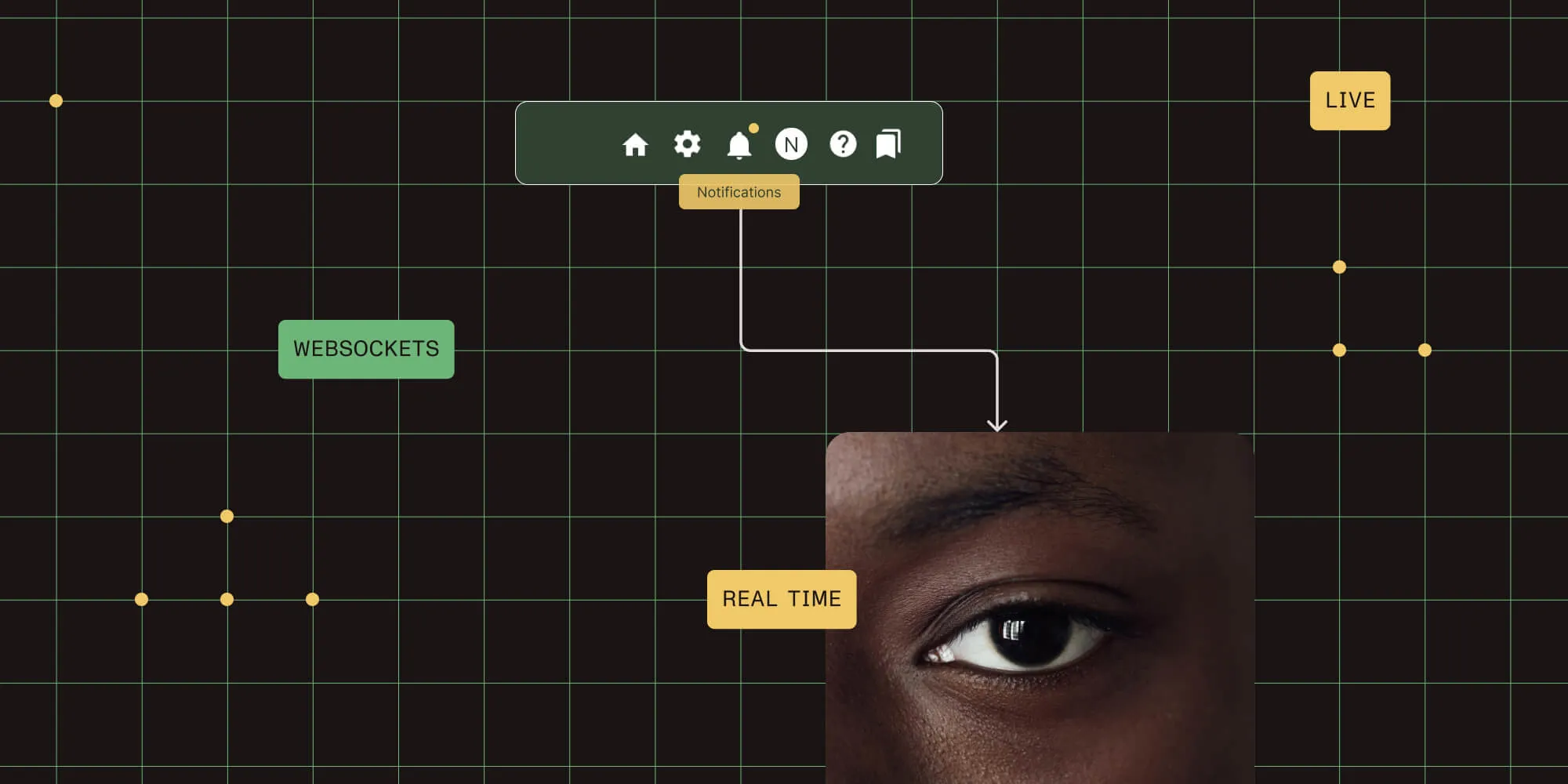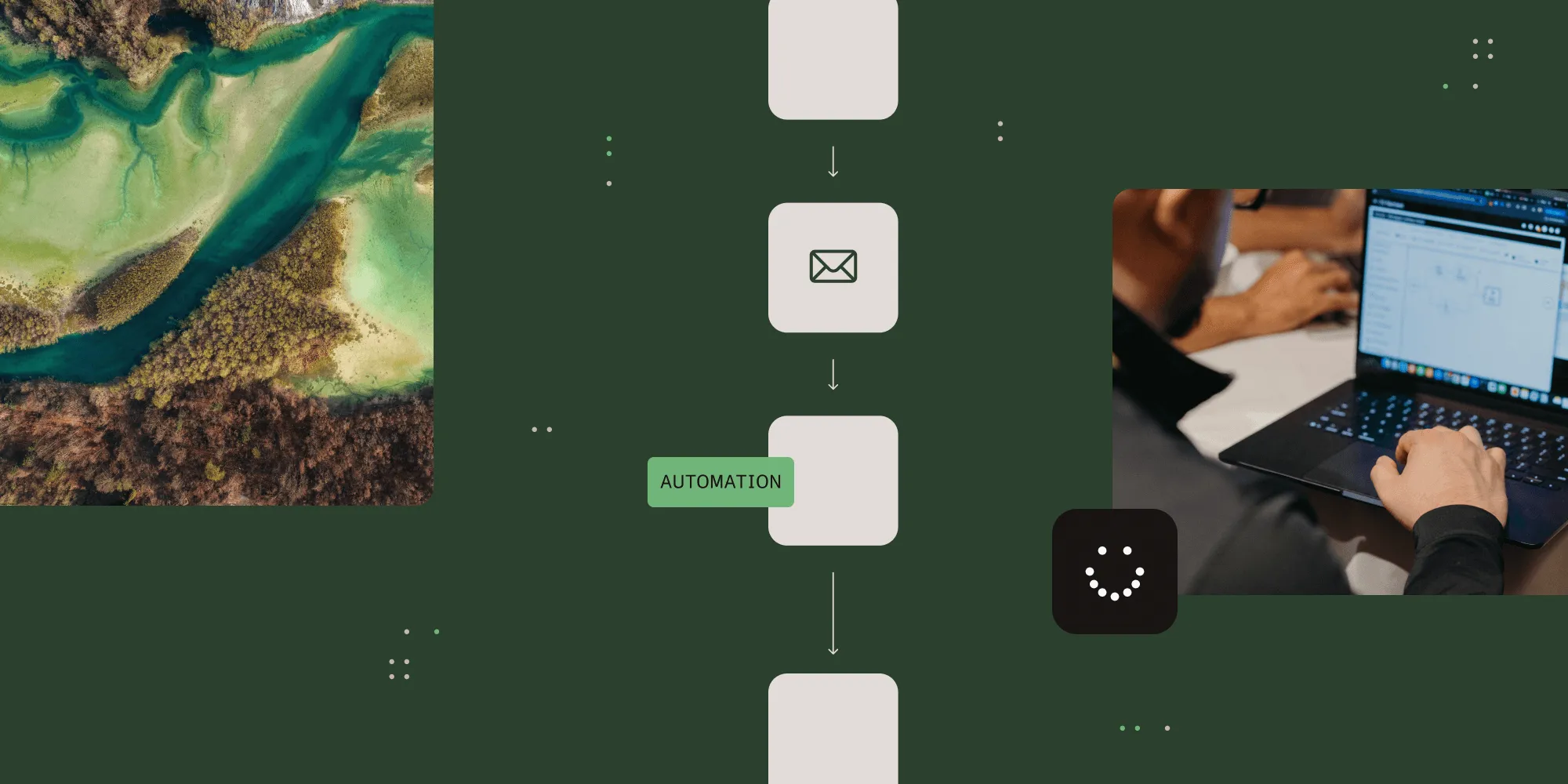What Should Be in Your Quarterly Business Review?
Table of contents

What is a QBR?
A quarterly business review (QBR) is a once-per-quarter strategic meeting with your customers. During the QBR, you'll present performance data from the past 90 days—and identify goals and KPIs for the upcoming 90 days.
QBRs are a must because they allow your customers to directly see the impact your products and/or services have on their business and bottom line. These meetings are also important because they provide regular opportunities to connect with your customer and better understand their business goals. Also, they are vital because you can see how your products and/or services are (or aren't) helping them reach those goals. From there, you can continually adjust your strategy to suit their needs, strengthening the relationship and keeping them engaged with your company for the long term.
Quarterly business reviews are an essential element of any successful customer relationship. However, not all QBRs are created equal; if you want your QBRs to drive actual results for you and your customers, you need to include the correct information.
But what, exactly, is that information? Let's look at the elements you want to include in your review:
Share performance data.
As mentioned, one of the main objectives of a QBR is to review performance over the past quarter. As such, one of the must-include elements of your quarterly business review is performance data. Your QBR should include data sets and clearly illustrate the impact of your products and/or services on your customers' businesses and the value you've provided over the previous quarter. That data should be targeted toward the metrics that matter most to your client.
For example, do your customers use your company to help them build their business and engage new clients? If so, you'd want to include data around customer acquisition—and show the ROI your software has driven in the form of new customers. Or let’s say your customer started using your software to drive traffic to their website. In that scenario, you'd want to include traffic data for the past 90 days—and compare that to their website’s traffic before you started working together to illustrate how your software has made a measurable difference to their business.
If you want your QBR to lead to continued engagement with your customer (which is always the goal!), you need to demonstrate the value you bring to their business—and there’s no better way to do that than performance data.
Set goals for the next quarter.
As the name implies, a quarterly business review is an ideal time to review the last quarter’s performance. But it’s also the perfect time to discuss the coming quarter—and develop a strategy to drive continued results for your customers over the next 90 days.
For example, let’s say your client is focused on customer acquisition. During the QBR, you might set a goal to increase their quarter-over-quarter customer acquisition by 10 percent—and then walk them through how you plan to drive those results. Or, if your main objective is to get more qualified traffic to their website, you might set a goal of driving 5,000 qualified leads to their website—and lay out a marketing plan for how you plan to get their business in front of those customers.
Bottom line? A QBR is a perfect opportunity to get your customers excited about the upcoming quarter—so leave plenty of time to outline goals and how you will drive success for them in the future.

Create space for feedback.
During a QBR, you can share your thoughts, data, and projections with your customers. But your customer should also have the chance to share their thoughts and goals with you, so leaving space for feedback during your QBR is a must.
For the last 10 to 15 minutes of your review, open up the floor for your customers to share feedback about what's working for them, what's not working, and what they’d like to see improved or changed over the next 90 days. Not only will this make your customer feel heard, but it will also help you gather helpful intel about providing a higher level of service, which can ultimately strengthen the relationship and potentially lead to higher engagement with your business.
Send an agenda.
Once you've pulled together the content for your QBR, you want to make sure it aligns with your customer's expectations for the meeting—and that means sending out a detailed agenda well before the meeting is scheduled.
A detailed agenda loops your customer into precisely what you will be presenting and discussing during the meeting—sending that agenda ahead of time gives the customer a chance to review it with their team, ask questions, and request any necessary additions or revisions to the meeting plan.
Send your QBR agenda to your customer at least a week in advance; that gives them plenty of time to review the plan—and gives you plenty of time to make any requested changes, revisions, or additions before your meeting.
Use your QBR to set yourself and your customer up for success.
Quarterly business reviews are a great way to stay connected with your clients and outline how your products and/or services support—and will continue to support—their business. And now that you know what to include in your QBR, you have everything you need to run a review that illustrates your impact on their business and sets you and your customer up for success in the coming quarter.







